It all started with the gift of a white horse
Anyone who has visited a Shinto shrine in Japan has surely seen a collection of ema, or prayer tablets, containing the various prayers or thanksgivings of thousands of visitors. These wooden plaques generally have a picture on one side and a place for writing on the other.
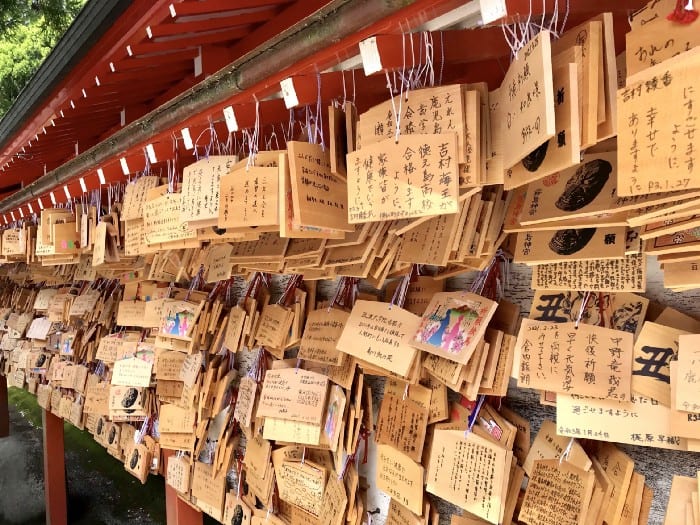
The word ema is a combination of two Japanese characters, 絵, picture, and 馬, horse. Therefore ema simply means “horse picture.”
Why “horse pictures”?
Traditionally, the gods were said to ride on sacred white horses to visit the world of man. According to the Nihon Shoki, one of Japan’s ancient histories, the 10th Emperor, Sujin, offered the first horse to a shrine, starting a tradition that continues on to this day. Take a look at the center of this map of the Ise Grand Shrine Naiku. Two sacred horses live at this important shrine taking turns greeting visitors within the premises.
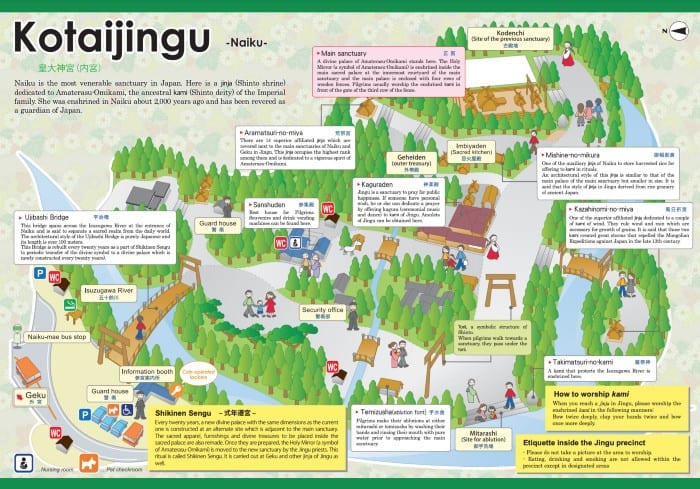
From horses to pictures
Giving a horse to a shrine, though, was beyond the abilities of most people. So the practice of giving clay horses, or pictures of horses drawn on wood or paper, began.
The pictures were often rather large, and as the years passed, horses were no longer the only subject. Peasants would offer pictures of an ear or a leg, whatever needed healing. The wealthier classes would offer pictures of samurai in battle, trading ships, daimyo processions, or whatever the parishioner wished to either pray for or to give thanks for. Many times these pictures were fitted under the roofs of the shrines, which gave rise to the five-sided shape we see today. Eventually, the shape became somewhat standardized.
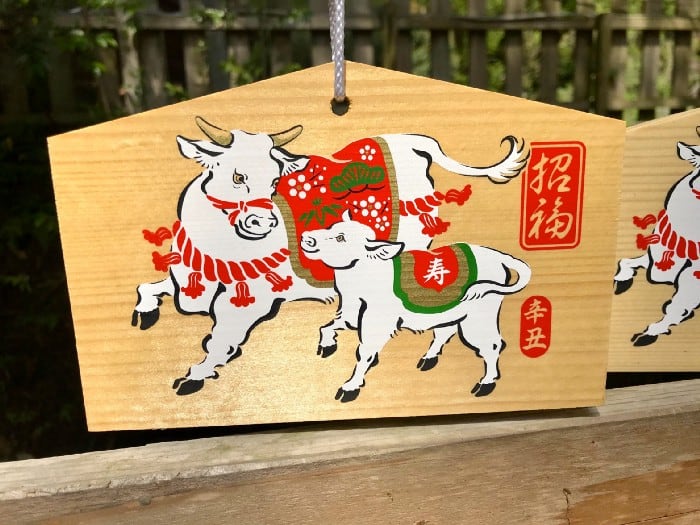
Ritual burning
Each year around the New Year’s holiday shrines hold a ritual burning of the ema from the preceding year as a final offering of prayer and thanksgiving.
Ema today
Widespread literacy has changed the nature of ema. Written prayers have replaced the former imagery of pictures. New shapes have arisen, with some shrines selling ema shaped like hearts, hand mirrors, foxes, rabbits, or cute characters.
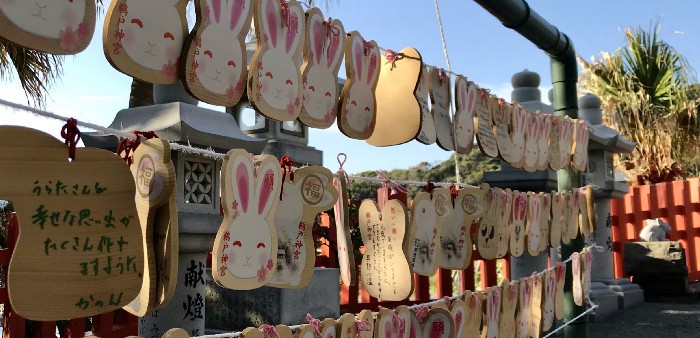
People still pray for healing, prosperity, and love, but one request that is often seen nowadays is for spiritual help to pass the difficult entrance exams to enter high schools or universities.
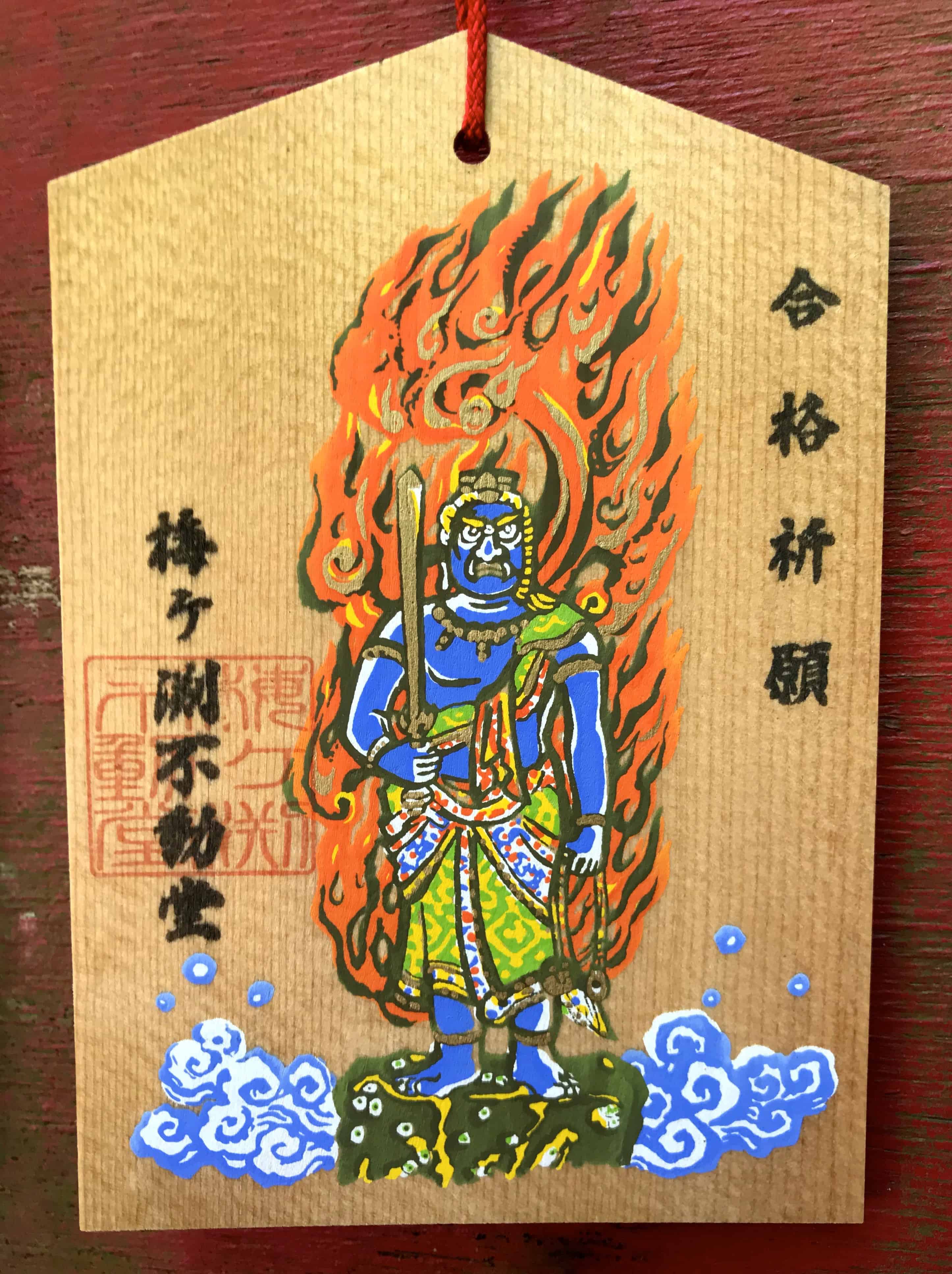
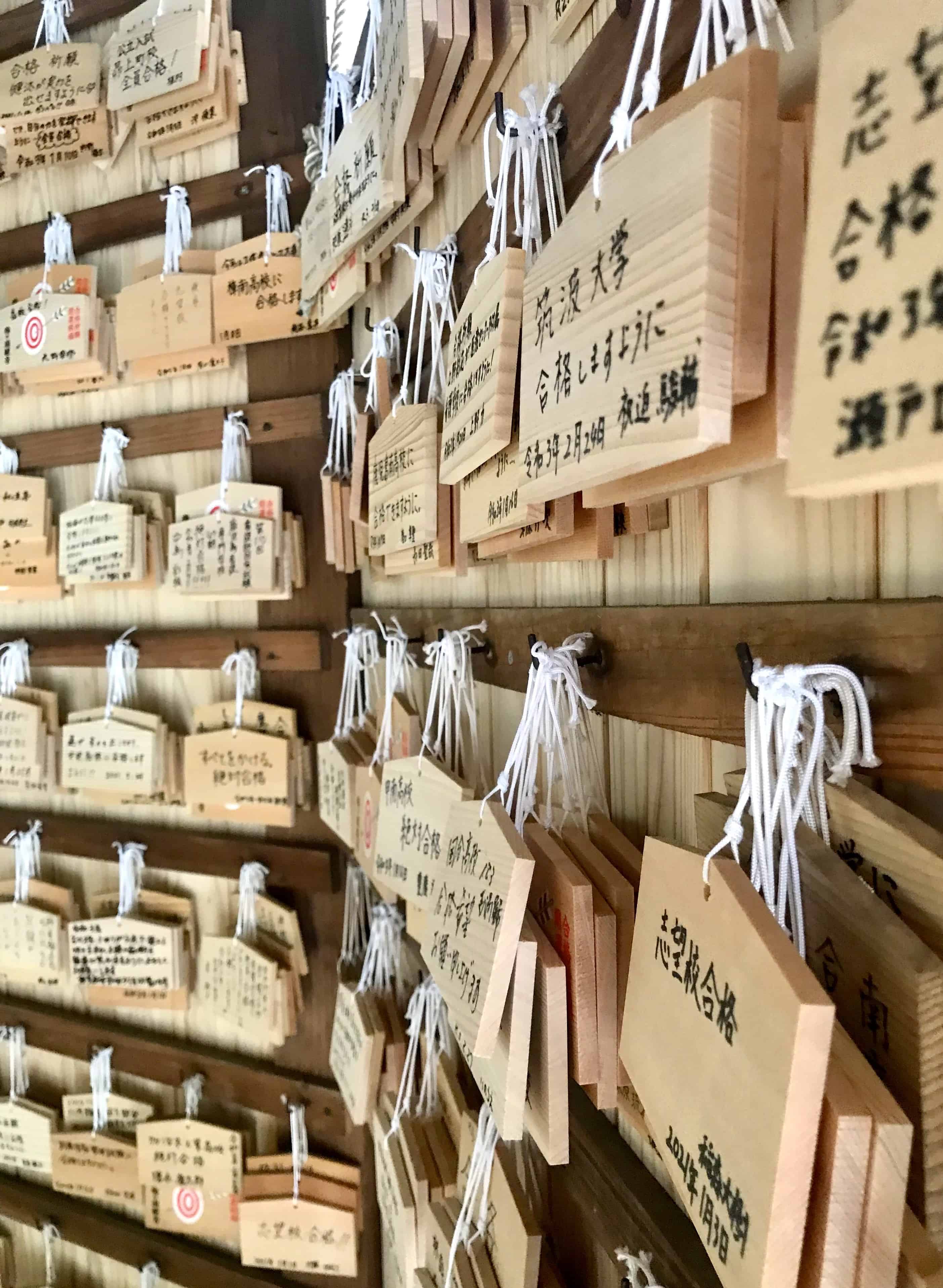
While looking over the traditional ema at a countryside shrine with their usual prayers for health and happiness, I was struck by one distinctly modern request. It must have been deeply felt, as it was both written and illustrated.
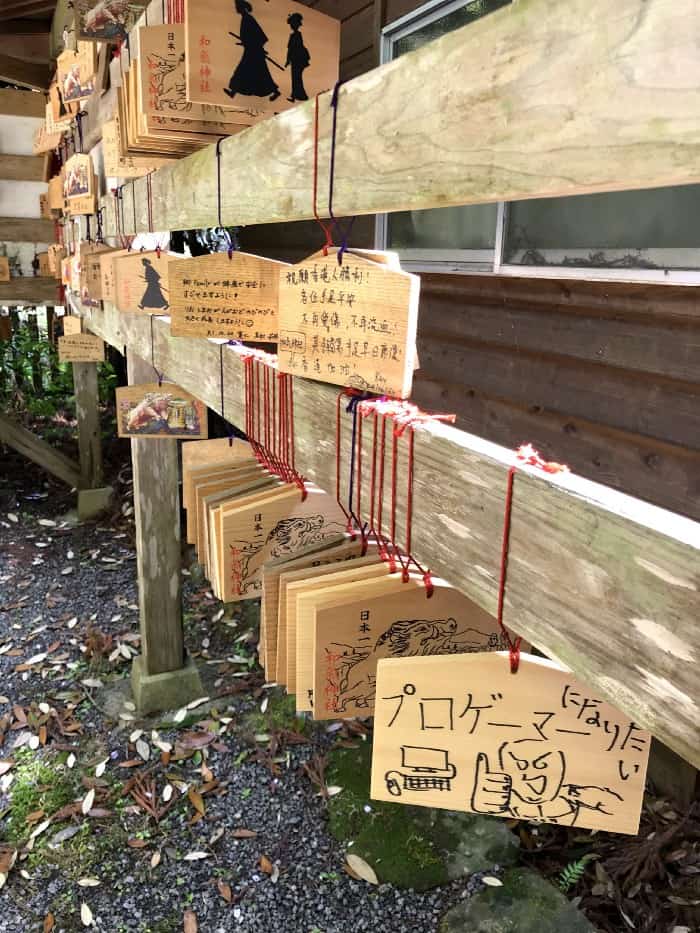
A boy declared to the gods, “I want to become a pro-gamer!”
Ema have certainly come a long way from that first gift of a horse.
If you get a chance to visit a Shinto shrine, feel free to purchase an ema and write your own prayers. I’m sure the gods will understand your language.
Photos ©Diane Tincher
If you have questions about Japan or suggestions for articles, please add them in the comments. For more photos and information on Japan, follow me on instagram at: https://www.instagram.com/more_than_tokyo/




